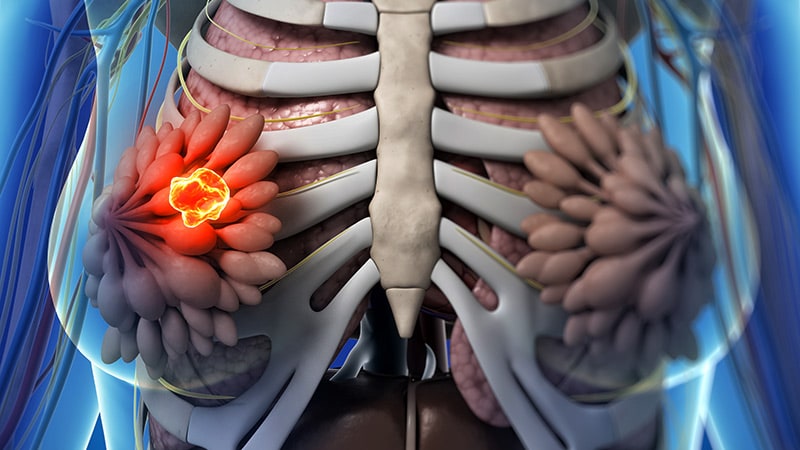Hypofractionated Radiotherapy Noninferior to Conventional Fractionation for Locoregional Treatment of Early Breast Cancer
The HypoG-01 phase 3 trial compared hypofractionated radiotherapy (40 Gy in 15 fractions over 3 weeks) to conventional fractionation (50 Gy in 25 fractions over 5 weeks) for the locoregional treatment of early breast cancer requiring nodal irradiation. The primary endpoint was the cumulative incidence of arm lymphedema at 3 years.
The trial enrolled 1265 patients across 29 centers in France between 2016-2020. With a median follow-up of 4.8 years, the results demonstrated the noninferiority of hypofractionated radiotherapy compared to conventional fractionation for the primary endpoint of arm lymphedema (HR 1.02, 90% CI 0.83-1.26, noninferiority p<0.001).
The safety profiles were similar between the two arms, with grade 3 or higher adverse events occurring in 12.7% and 12.6% of patients in the hypofractionated and conventional arms, respectively. Some secondary endpoints, such as locoregional relapse-free survival, distant disease-free survival, and overall survival, appeared to favor the hypofractionated regimen, although the study was not powered to show statistical superiority.
The experts concluded that the 3-week hypofractionated radiotherapy regimen should now be the new standard of care for nodal irradiation in early breast cancer, as it is efficacious, has similar toxicity, and reduces patient burden and healthcare costs.
客製化摘要
使用 AI 重寫
產生引用格式
翻譯原文
翻譯成其他語言
產生心智圖
從原文內容
前往原文
www.medscape.com
Hypofractionated RT Noninferior for Locoregional BC
從以下內容提煉的關鍵洞見
by Christos Eva... 於 www.medscape.com 09-17-2024
https://www.medscape.com/viewarticle/hypofractionated-radiotherapy-noninferior-conventional-2024a1000gt9
深入探究
